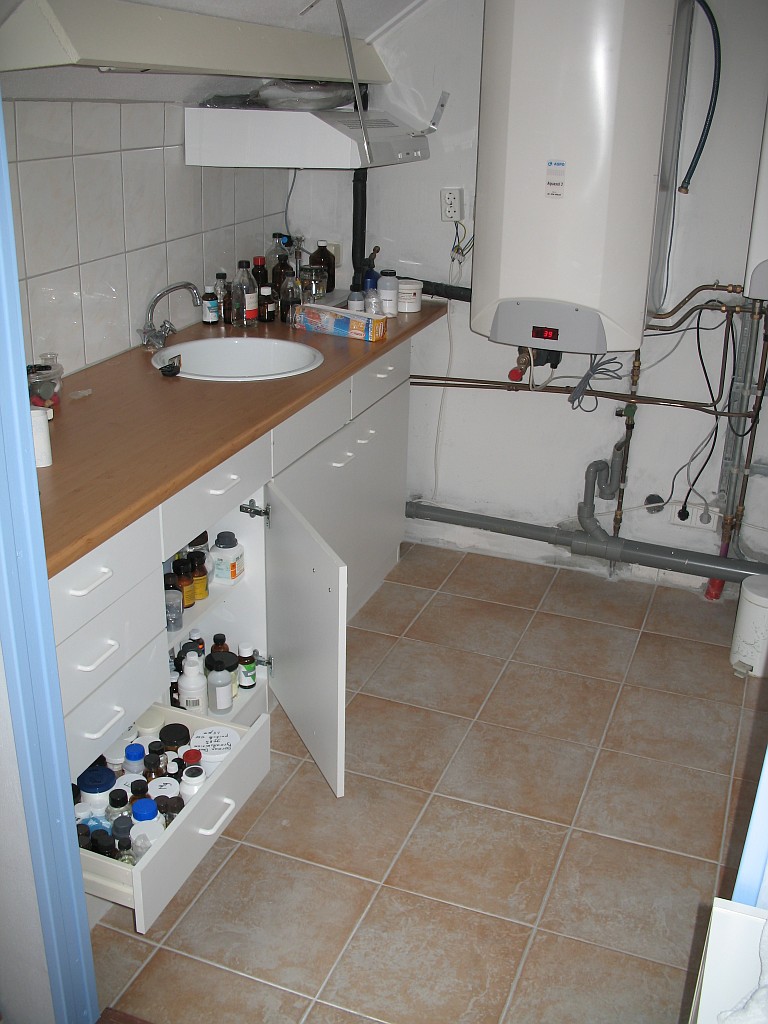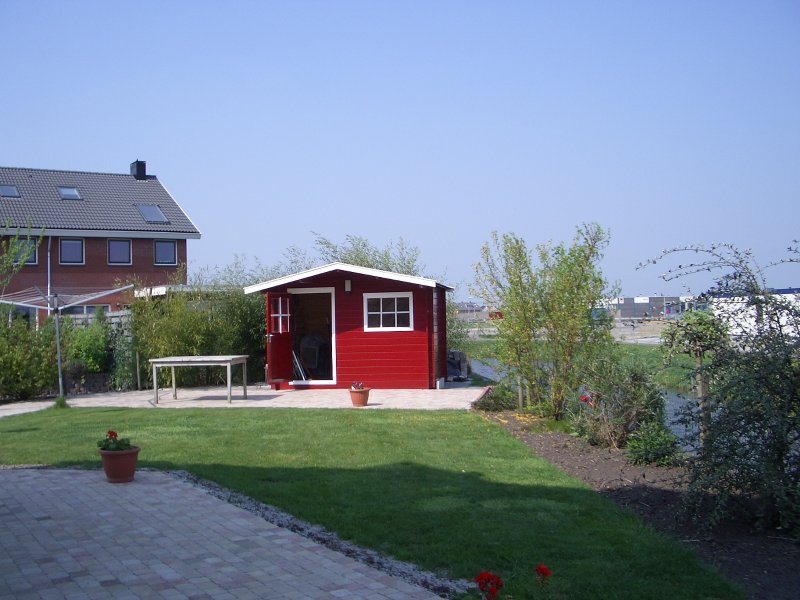Darkblade you are ahead of the curve again. I am saving the pictures of my crown jewel for last.


 ).
).



| Quote: |




| Quote: |
 That means you have a fume hood designed/built already! Stop beating around
the bush and show us the goods!
That means you have a fume hood designed/built already! Stop beating around
the bush and show us the goods! 
 I'm also worried
that you are spending too much time on the forum with all those tests coming up.
I'm also worried
that you are spending too much time on the forum with all those tests coming up. 
| Quote: |

| Quote: |

 ).
).


 He
has told his wife that that is what he wants for Christmas.
He
has told his wife that that is what he wants for Christmas.  I have told him
that the economics aren't good. He says he's going to do it anyway as I think he wants to play, and also be in a knowlegeable position when
the petroleum crunch really comes. I have been providing him free lab support for analysis of his fermentation product. I may have to start charging
him.
I have told him
that the economics aren't good. He says he's going to do it anyway as I think he wants to play, and also be in a knowlegeable position when
the petroleum crunch really comes. I have been providing him free lab support for analysis of his fermentation product. I may have to start charging
him. ).
). . Inside is epoxy coated, except for the removable baffles (2 ea). There is a
removable stainless steel pan with 1" high sides.
. Inside is epoxy coated, except for the removable baffles (2 ea). There is a
removable stainless steel pan with 1" high sides. PVC with schedule 40 fittings.
PVC with schedule 40 fittings. 




| Quote: |





 . Oh,
and yeah sorry for not posting this year: I have been busy as hell with college and work.
. Oh,
and yeah sorry for not posting this year: I have been busy as hell with college and work. Then again there are never any disagreements about what expeiment to do next or who
should clean up the dirty glassware.
Then again there are never any disagreements about what expeiment to do next or who
should clean up the dirty glassware. 


 .
. .
. at least for me Fleaker had his own fun.
This nitric acid more than makes up for it though! Oooooo the best part we didn’t even have to pay for the hydrogenator! It was a donation from a
very generous Dr. at a local collage.
at least for me Fleaker had his own fun.
This nitric acid more than makes up for it though! Oooooo the best part we didn’t even have to pay for the hydrogenator! It was a donation from a
very generous Dr. at a local collage.




 ):
):



 .
.




| Quote: |

 . Also the storage is a nice and clean place. That is the way I like it. A clean and
ordered place is a pleasure to work in. I would say, keep it that way and nice to see that you now got started!
. Also the storage is a nice and clean place. That is the way I like it. A clean and
ordered place is a pleasure to work in. I would say, keep it that way and nice to see that you now got started!













 . I like the lithium though.
. I like the lithium though.  Nice arrangement you
have with your parents
Nice arrangement you
have with your parents 



| Quote: |
 ), and it is easier to
understand the "content", due to the fact that most chemical labels are supplied with R and S- phrases.
), and it is easier to
understand the "content", due to the fact that most chemical labels are supplied with R and S- phrases. 

 .
. ) complex.
) complex.





 That is a nice setup. What kind of reaction were you performing?
That is a nice setup. What kind of reaction were you performing?| Quote: |

 I am jealous.
I am jealous.

 And I will never come out of it
And I will never come out of it 





 I
will be doing this myself at some point also, and so any advice you can give after going through the process would be appreciated.
I
will be doing this myself at some point also, and so any advice you can give after going through the process would be appreciated.